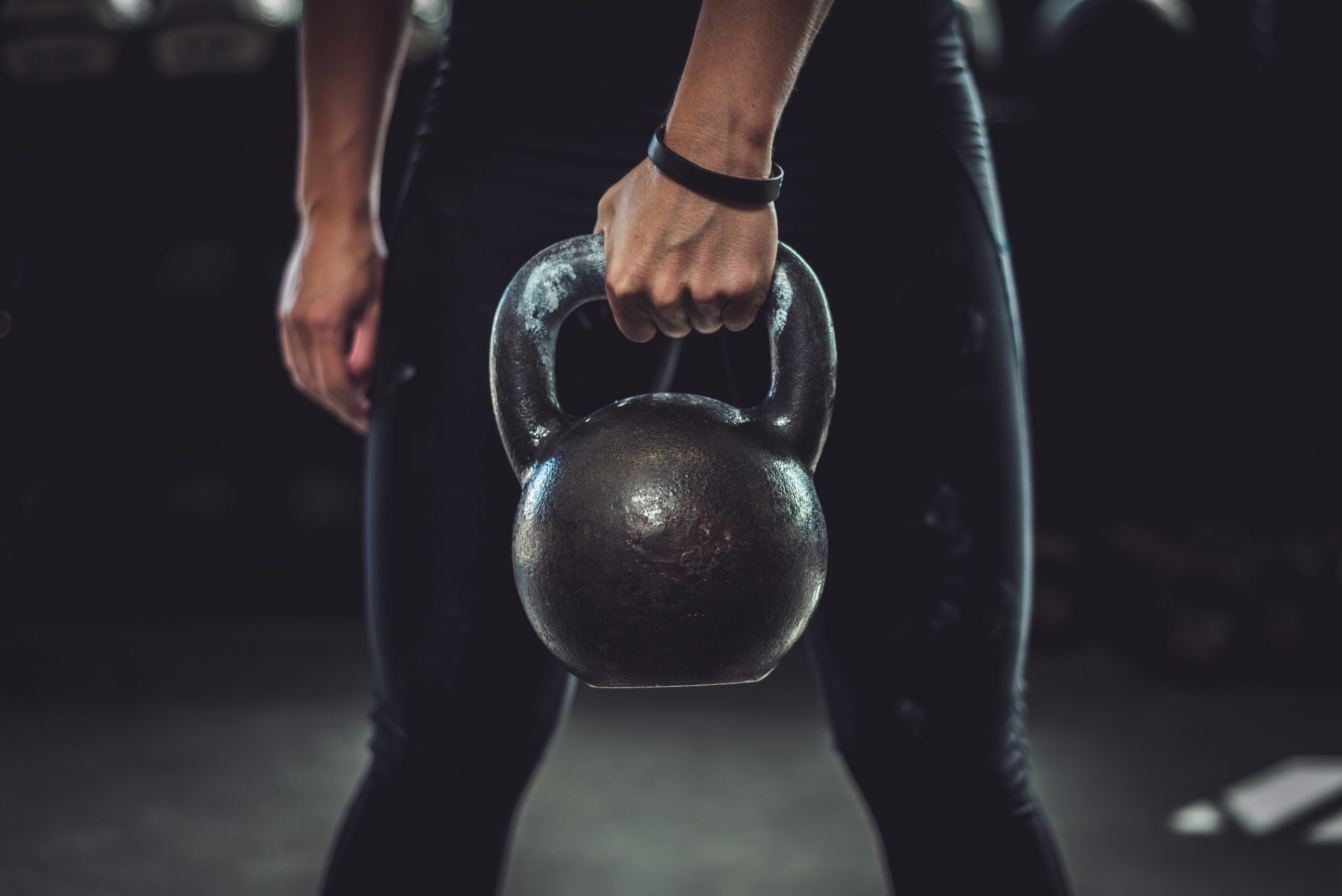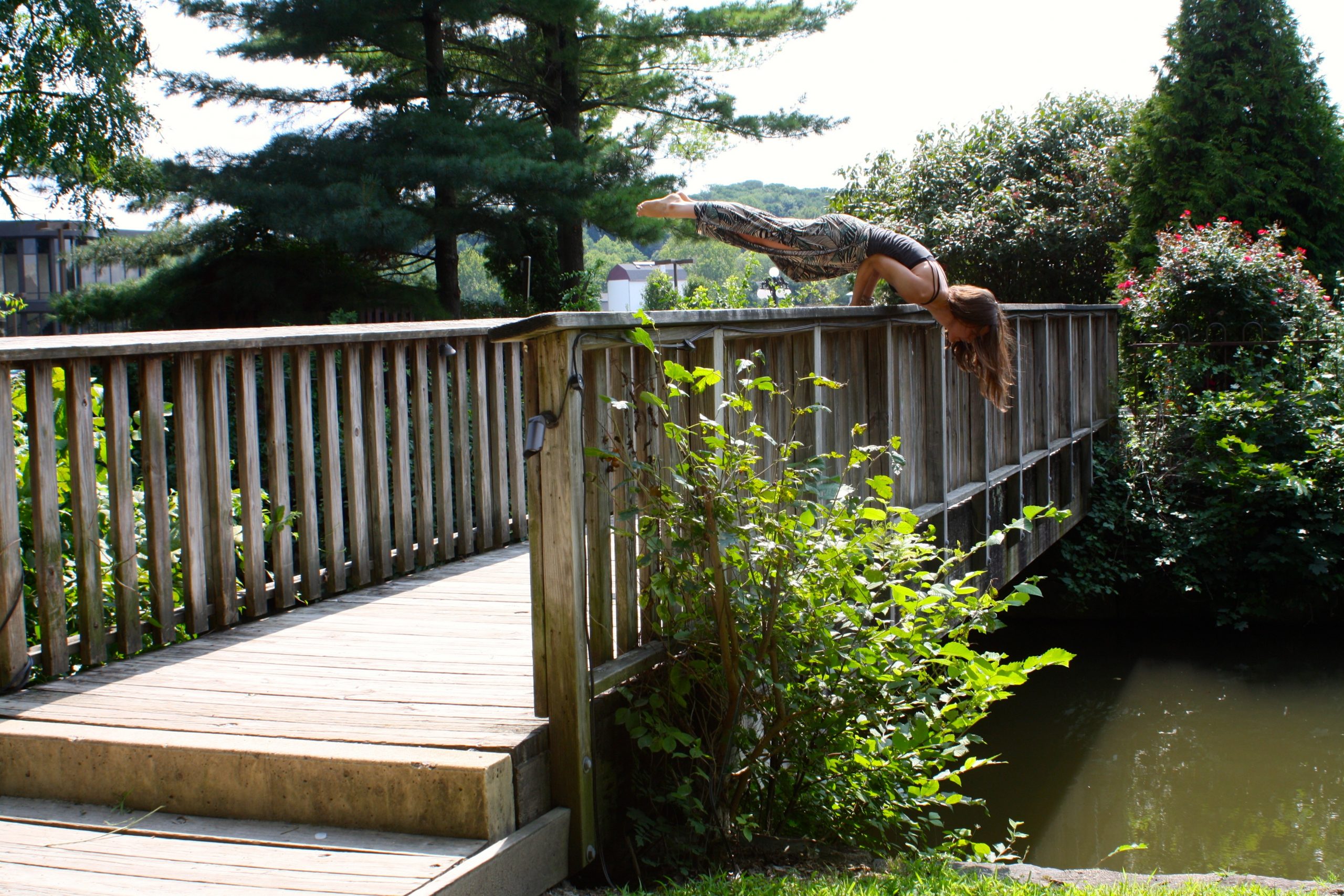3 Minute Full body conditioning AMRAP (as many rounds as possible)
Finisher #1
Set a timer for 3 min and do as many rounds as possible.
5 x burpees
10 x mountain climbers (each leg)
5 x squat jumps

A Finisher is an intense exercise or series of exercises performed at the end of your workout that is designed to ensure that you have burnt every last drop of gas from the tank.
Except for the occasional exercise masochist you might encounter, few would describe finishers as “fun”. But if you value things like mental toughness and the satisfaction that comes with pushing yourself to the limit, metabolic finishers are tough to beat.
I use finishers for a variety of reasons, whether it’s to accelerate fat loss, enhance work capacity or give me the conditioning needed to outlast the competition in any sporting event (in my case, it is trail runs)
The reason why this finisher is my #1 finisher on my complete list of 101 finishers is mostly because of the burpees.
I know, I know…you don’t like burpees, but guess what, burpees don’t like you either!
In my career as a sports and conditioning coach, personal trainer and fitness instructor I have heard many excuses why my clients can not do burpees….. but of course the excuses are rarely good enough!
There is no fun way to do many burpees. Whether you take them slow and hit a certain rep count, or try to cram in as many as possible within a set time period, they will leave you knackered (a word I have learned in Australia) faster than just about any other exercise out there.
The good news is that all that effort is absolutely worth it. The burpee works your arms, back, chest, core, glutes and legs – you name it, it works it. And burpees also spike your heart rate as much as sprinting for a bus. All those benefits come without the use of any equipment, so you can do the burpee anytime and anywhere.
The burpee is a full body exercise, working most major muscle groups while also improving cardiovascular fitness, and testing your balance and co-ordination. If you could only do one exercise for the rest of your life, the burpee would be a smart pick for keeping you in the best shape possible.
The burpee works a range of muscles, they do so in a functional manner, so you’ll improve your strength and mobility in your day-to-day life, not just in the gym.
The burpee is also an exercise that’s easy to vary and combine with other exercise so you work the body in different ways. Just like in this finisher.
How to do a burpee:
The classic burpee is a four-point move.
From a standing position, droop into a squat with your hands on the ground just in front of your feet. Then kick your feet back behind you, keeping your arms extended so you are in a raised plank position. At this stage, the more adventurous can throw a push up into the mix, which really ramps up the difficulty. (For the sake of the finisher do the burpee without the push up)
In the basic burpee, you remain in the raised plan and jump your feet back towards your hands. Then round off the manoeuvre by leaping into the air with your arms straight above you. Then do it all again.
Burpee form tips:
- Mobilise:
Make sure you’re thoroughly warmed up and you’ve done some mobility work, including push ups, lunges and squats to loosen up the joints.
2. Break it up:
The burpee can be complex to start with, split the move into two parts: a squat thrust and a deep squat jump. Make sure you are comfortable with each phase of the exercise before combining the two.
3. Squat thrust:
For the squat thrust make sure your shoulders are directly over your hands, and your legs are extended into a push up positions. When jumping your feet in and out, keep your shoulders above your hands- don’t let them move backwards or forwards.
4. Deep squat jumps:
For the deep squat make sure your hips are sitting back and try to keep your chest as upright as possible. Explode up and ensure you cushion your landing by bending the knees as your make contact with the floor.
5. Get some air time:
Once you are happy you can perform both with good form, add the two together. Your arms can play a part here and as you transition from the squat thrust to the squat jump, swing your arms forwards and above your head for maximum height.
Burpees can be incorporated into circuit training, used to warm up before other exercises or done over and over again to act as your entire workout. Please read my post about burpee variations.
I LOVE MOUNTAIN CLIMBERS AND THAT IS WHY THIS EXERCISE MADE IT TO #1 FINISHER ON MY 101 COMPLETE LIST OF WORKOUT FINISHERS.
Mountain climbers:
The mountain climber is predominantly a ab exercise, but is a challenge for the entire body, especially if you do it fast enough to act as a cardio workout. Even if you can’t maintain a rapid pace with your mountain climbers, the motion alone will target core muscles. Your legs and glutes also take a bit of pasting, while supporting your upper body ensures that your arms get a workout too. You’ll really feel your stabilizing shoulder muscles after a while.
How to do a Mountain climber:
Drop into a push up position, supporting your weight on your hands and toes, with your arms straight and your legs extended. Keeping your core braced and your shoulders, hips and feet in a straight line throughout, bring one knee towards your chest, then return it to the starting position. Repeat the movement with your other leg, then continue alternating legs throughout.
You can do mountain climbers quickly or slowly, but opting for the quick one will get your heart pumping, making the move and excellent addition to a HIIT workout.
If you find traditional mountain climbers a little tough on your arms and shoulders, try putting your hand on a raised surface like a bench. This forces your legs to take more of your body weight.
Read my post on Mountain climber variations.
Benefits of mountain climbers:
- Mountain climbers are seriously efficient
- Mountain climbers improve your cardiovascular fitness
- Mountain climbers strengthen your core
- Mountain climbers tone your butt and legs
- Mountain climbers are low impact
- Mountain climbers train agility and coordination
- Mountain climbers increase flexibility
Squat jumps made it to the #1 Finisher from my 101 complete list of workout Finishers.
The squat jump is an incredible useful exercise that serves as a building block for just about every explosive lower body movement imaginable.
You may already be familiar with squat jumps if you do my workouts. To do this exercise,
Stand tall with your feet hip width apart.
Hinge at the hips to push your butt back and lower down until your thighs are parallel to the floor. Then press your feet down to explode off the floor and jump as high as you can.
Allow your knees to bend 45 degrees when you land, and then immediately drop back down into a squat and jump again.
The squat jump is an example of a plyometric exercise. Movements that build power. Other examples are box jumps, tuck jumps, broad jumps, frog jumps and jump lunges. Upper body plyometrics includes the explosive version of push ups and many medicine and slam ball exercises such as shot-put or slam balls.
Standard squats help you build strength while squat jumps develop explosive power. Explosive power is the ability to generate force quickly. Most sport require explosive power to some degree. Studies show that power training may be more important than static strength training for maintaining functionality as you age. Even something as simple as rising from a chair has a power component to it. How much power training are you doing? It deserves a place in you workout just as strength training does.
By doing squat jumps you will burn more calories and build strength and power at the same time. You can use squat jumps to add a dynamic, cardio component to any training session.
Basically …
Squats help you develop strength , but squat jumps add an element of explosive force that helps you build power. The power you develop from squat jumps will increase your vertical jump, improve your athletic performance and enhance your overall functionality.
It is a good way to add variety to your workout too.
Just about your whole core and lower body is involved in the simple movement, you’ll recruit your abs, glutes, hamstrings, lower back when you do it right. To perform the jump squat, all you need is yourself.



